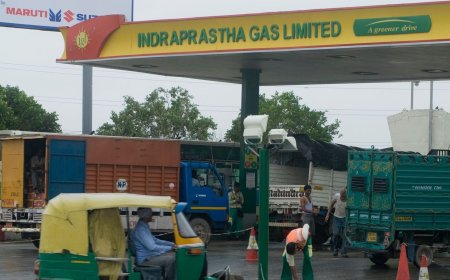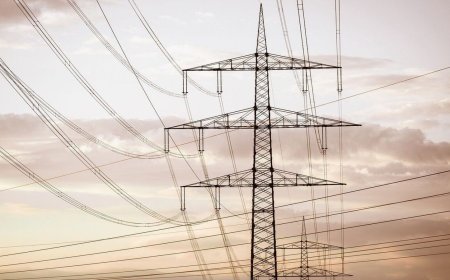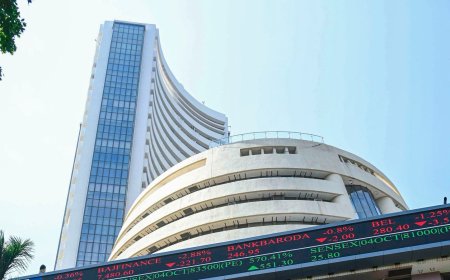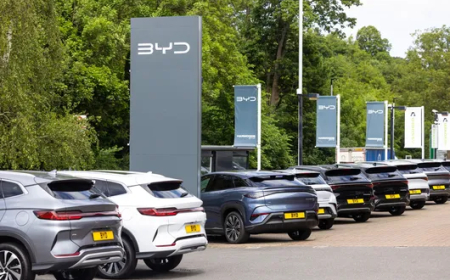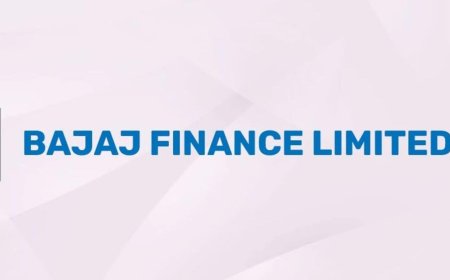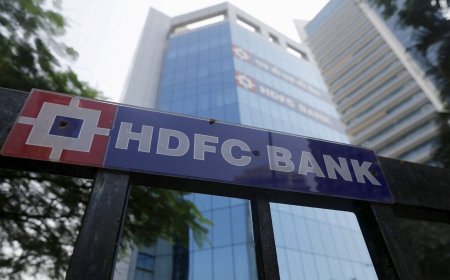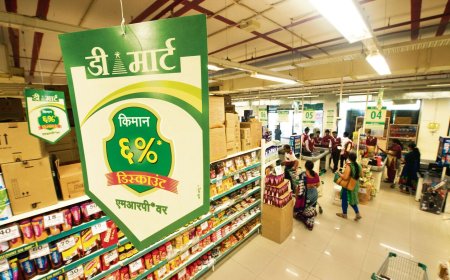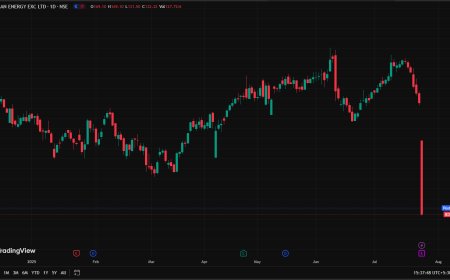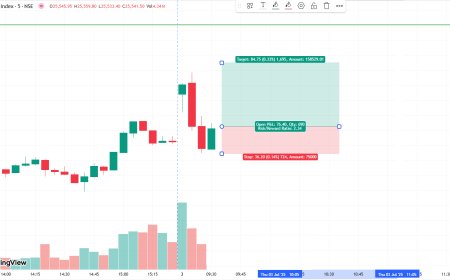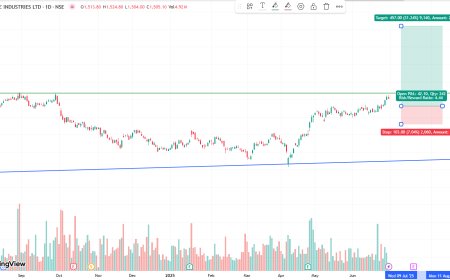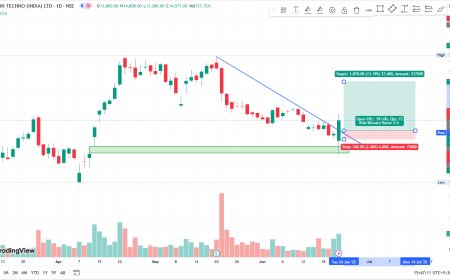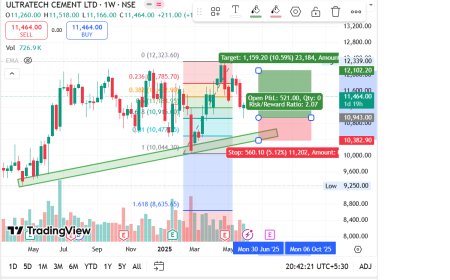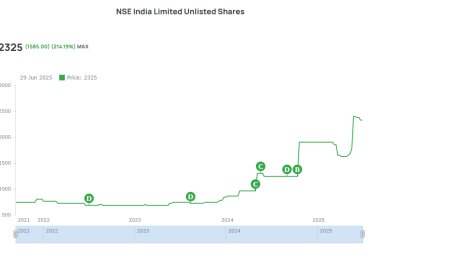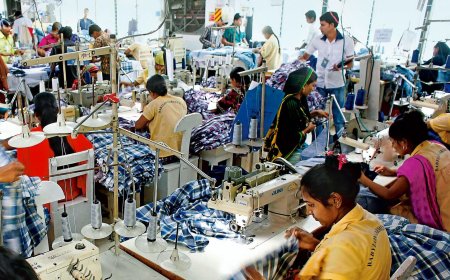India Achieves 80.9% Literacy Rate The latest labour force survey reveals an 80.9% national literacy rate, with Mizoram, Lakshadweep, and Kerala leading.
India's literacy rate has surged to 80.9%, with Mizoram, Lakshadweep, and Kerala emerging as top performers. Learn about key drivers, challenges, and economic implications.

New Delhi, June 7, 2025 — India has recorded a significant milestone in human development indicators, with the latest Periodic Labour Force Survey (PLFS) conducted by the Ministry of Statistics and Programme Implementation (MoSPI) revealing that the national literacy rate has climbed to 80.9%. This achievement reflects sustained governmental efforts, grassroots activism, and improvements in socio-economic infrastructure across states.
Top Performers: Mizoram, Lakshadweep, and Kerala
Among the states and union territories, Mizoram (94.3%), Lakshadweep (91.7%), and Kerala (91.2%) emerged as frontrunners. These regions have consistently prioritized education in public policy, reflected in high school enrollment rates, accessible public schooling systems, and community-driven literacy initiatives.
Dr. Neelima Reddy, an education economist at the Indian Council for Research on International Economic Relations (ICRIER), commented:
“Kerala’s success is a legacy of decades of investment in health and education. Mizoram and Lakshadweep are now displaying similar models, with small populations but effective governance making an outsize impact.”
Gender Gap Narrows but Persists
The survey highlights encouraging progress on the gender front. Female literacy rose to 74.6%, while male literacy stood at 86.5%, reducing the gender literacy gap to 11.9 percentage points, its lowest ever.
States like Himachal Pradesh, Goa, and Tamil Nadu have shown marked improvement in female education participation. However, states such as Bihar, Uttar Pradesh, and Rajasthan still report relatively wide disparities.
Education sociologist Prof. Anand Mishra of Delhi University noted:
“While policy is becoming more inclusive, social norms and economic barriers in northern states continue to hinder equitable access. Incentivizing girl education and ensuring safety in transit and schools remain critical.”
Urban-Rural Divide Still Evident
Urban literacy rates have reached 87.7%, while rural areas trail behind at 76.2%, indicating the need for deeper interventions in rural regions. Although the rural literacy rate has improved from 72.8% in the previous PLFS cycle, infrastructural gaps such as access to qualified teachers and digital learning tools persist.
Digital Push and NEP 2020: Policy Driving Progress
Analysts credit the National Education Policy 2020 (NEP) and post-COVID digital learning initiatives for this literacy boost. The NEP’s focus on foundational literacy, mother-tongue instruction, and teacher training has begun yielding tangible outcomes.
Additionally, schemes like PM eVidya, Digital India, and Samagra Shiksha Abhiyan have helped bridge access gaps, particularly in underserved districts.
Dr. Rajiv Bansal, an education policy advisor, said:
“The integration of EdTech platforms into mainstream pedagogy and increased budget allocations for primary and secondary education have begun to bear fruit. However, capacity building and digital literacy for educators need simultaneous investment.”
Impact on Labour Market and Economy
Higher literacy levels are positively correlated with productivity and employability. The rise in India’s literacy rate is expected to translate into a more skilled labour force, improved job participation, and greater economic inclusion.
Labour market analysts suggest that literacy gains could drive long-term GDP growth by facilitating a shift from informal to formal employment, especially in sectors like services, technology, and manufacturing.
Ritika Sharma, Chief Economist at EduGrow Analytics, stated:
“Investors should view this data as a structural growth signal. A literate workforce can better adapt to automation, digital finance, and upskilling, enabling India to meet its demographic dividend potential.”
Investor Outlook: Education Sector and Beyond
This positive literacy trend may bolster investor confidence in India’s education technology (EdTech), vocational training, and rural infrastructure sectors. Increased literacy often leads to greater demand for higher education, online courses, and micro-credentialing—opening revenue channels for both domestic and foreign investors.
Firms operating in rural banking, insurance, and consumer goods may also benefit as higher literacy correlates with greater financial awareness and consumption potential.
Challenges Ahead
Despite the upward trajectory, challenges remain. Over 19% of the population is still illiterate, with regional and social disparities persisting. Access to quality education, particularly in marginalized communities, remains inconsistent.
Experts call for targeted interventions in low-literacy districts, leveraging both public and private partnerships to ensure no child—or adult—is left behind.
What's Your Reaction?
 Like
0
Like
0
 Dislike
0
Dislike
0
 Love
0
Love
0
 Funny
0
Funny
0
 Angry
0
Angry
0
 Sad
0
Sad
0
 Wow
0
Wow
0

